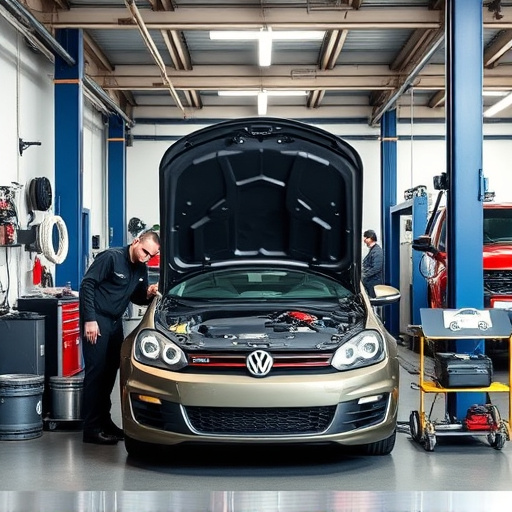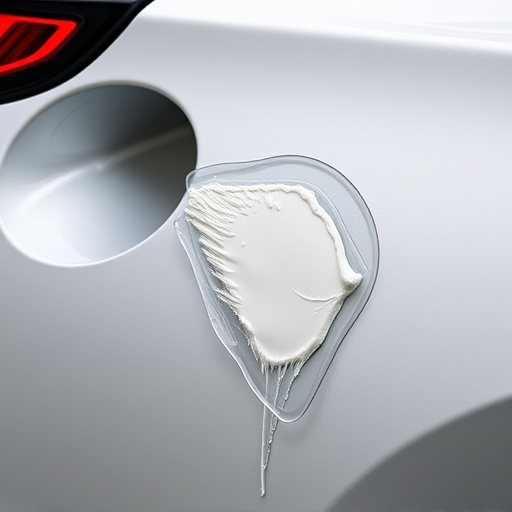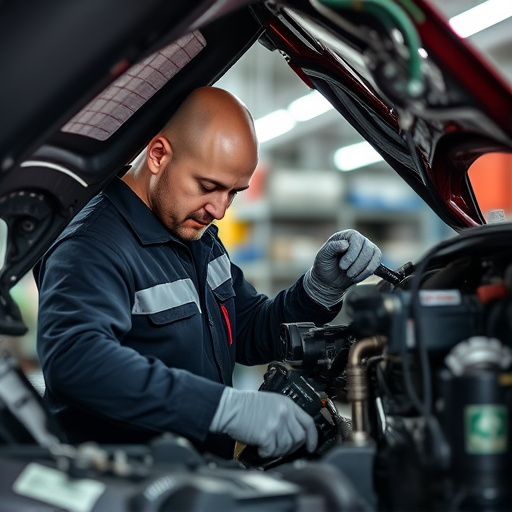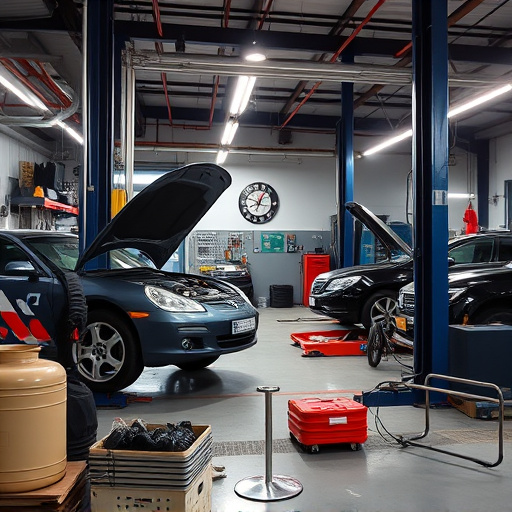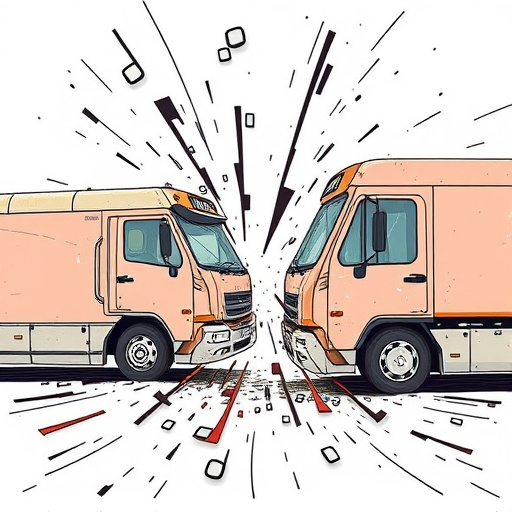Regular brake system collision checks are legally mandated and crucial for road safety. These tests identify potential issues, ensure optimal braking performance, comply with regulations, and prevent severe accidents. Auto repair shops must train technicians to accurately assess subtle damage using advanced diagnostic tools, thereby upholding vehicle owner safety and solidifying their reputation as reliable service providers.
In today’s transportation industry, ensuring safety through robust brake system collision checks is paramount. This article explores how such checks support compliance with vital regulations, enhancing overall vehicle and passenger security. We delve into the significance of understanding specific laws, highlighting the benefits of regular collision checks for safety compliance. Furthermore, it provides practical guidance on implementing effective procedures to ensure accurate results, thereby facilitating adherence to standards.
- Understanding Brake System Collision Check Regulations
- Benefits of Regular Collision Check for Safety Compliance
- Implementing Effective Procedures for Accurate Collision Checks
Understanding Brake System Collision Check Regulations

The brake system collision check is a critical safety feature mandated by regulations worldwide. This process involves rigorous testing and evaluation to ensure that a vehicle’s braking system functions optimally, especially during and after a collision. The primary goal is to guarantee driver and passenger safety by preventing or mitigating the effects of crashes. Regulations such as those set by NHTSA (National Highway Traffic Safety Administration) in the US or similar bodies globally, dictate specific standards for these checks.
Compliance with brake system collision check regulations is not just about meeting legal requirements; it’s also essential for maintaining vehicle integrity and performance. Regular inspections identify potential issues like worn-out brakes, compromised hydraulic systems, or damaged components, which can be addressed through timely car body restoration or automotive restoration techniques. This proactive approach not only enhances safety but also mitigates costs associated with more extensive repairs, including car scratch repair where collisions may leave visible marks.
Benefits of Regular Collision Check for Safety Compliance
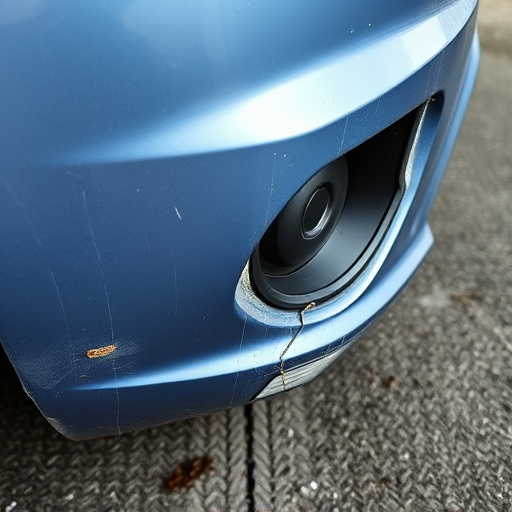
Regular brake system collision checks are paramount for ensuring safety compliance, playing a pivotal role in preventing severe accidents and protecting lives on the road. These checks identify potential issues with critical components such as brakes, calipers, and rotors, enabling timely repairs before they escalate. By maintaining optimal braking performance, regular inspections contribute to improved vehicle control and reduced stopping distances, enhancing overall road safety.
Moreover, adherence to brake system collision check routines is legally mandated in many regions, making it an indispensable practice for fleet managers and auto body shops. Avoiding these checks can lead to costly fines and reputational damage, especially considering the severe consequences of brake failures during operation. Regular maintenance not only extends the lifespan of brakes but also guarantees optimal performance, fostering a culture of safety within vehicle management practices, much like how a well-maintained engine ensures a smooth ride without unexpected breakdowns or vehicle dent repair needs.
Implementing Effective Procedures for Accurate Collision Checks
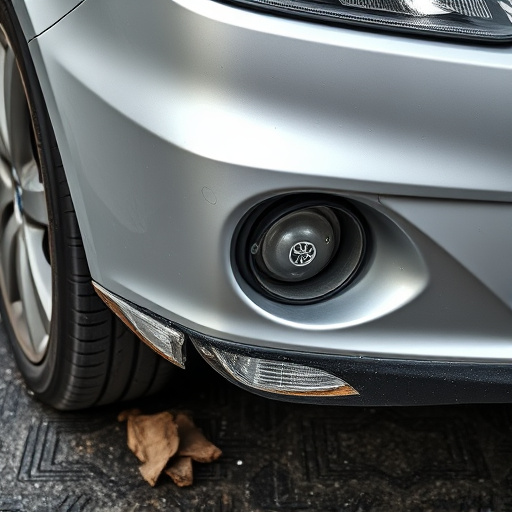
Implementing effective procedures for accurate brake system collision checks is paramount to ensuring safety and regulatory compliance. Auto repair shops and collision repair centers must establish meticulous protocols to accurately assess the integrity of brake systems post-collision events. This involves specialized training for technicians, who should be adept at identifying minute damage or wear that could impact braking efficiency. Advanced diagnostic tools are also crucial for this process, enabling thorough inspections that go beyond visual examinations.
By adopting these stringent practices, car collision repair facilities can deliver reliable results, confirming whether brake systems require replacement or mere adjustments. Such meticulous attention to detail not only safeguards the well-being of vehicle owners but also aligns with regulatory standards, preventing potential legal issues and ensuring the reputation of auto repair shops as trustworthy service providers.
The implementation of a robust brake system collision check procedure is not just a regulatory requirement, but a vital safety measure. By understanding the regulations, leveraging the benefits of regular checks, and adopting effective procedures, fleet managers can ensure compliance while enhancing overall safety on the roads. This proactive approach to brake system collision check contributes to a reduced risk of accidents and fosters a culture of accountability and responsibility.


